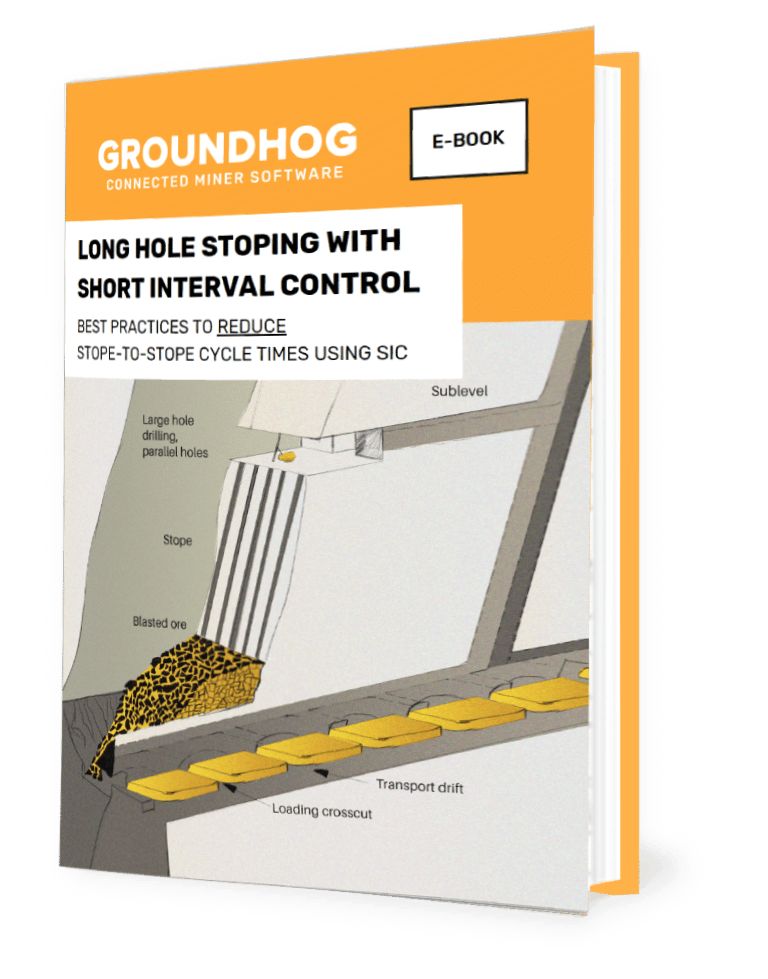Last time in our Mine Digitization and Automation series, we discussed developing a five-level strategic roadmap to guide and support your digital transformation initiative, starting at Level 1 or the Capture level.
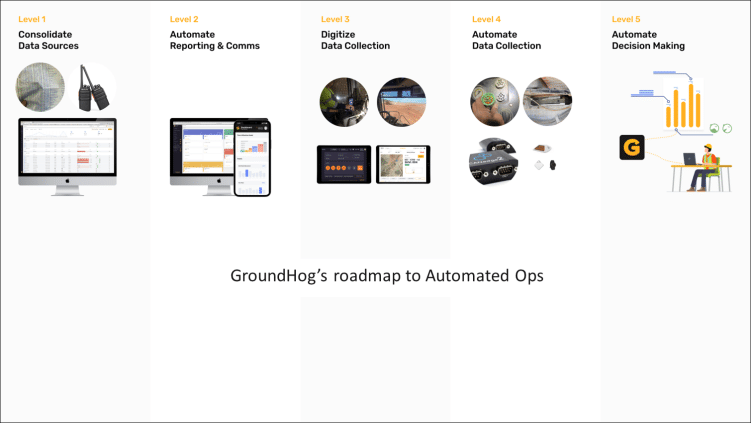
For approximately three (3) months, you will have launched trials and started to look closely at your processes, data formatting and collection, and development of baseline KPIs. Done correctly, this level provides you with crucial information, not only about what data to digitize but also revealing challenges that crews face on a shift basis.
The process is partially digital at the 2nd level in the roadmap. During this time, start recording metrics consistently, automate shift allocation, identify immediate improvement areas, and prepare for the next phase of digitization. Operators still fill in paper sheets or call in through radios, but all reporting and communication are captured electronically via data entry operators or dispatchers.
What will you track? These could include but not be limited to:
- Personnel and equipment utilization
- Equipment OEE
- Pre-start inspections
- Meters/feet blasted
- Tonnes trucked
- Active shift length
- Heading status (start and end of shift)
- Status and location of equipment
- Active Downs
- Active Delays continuing from the previous shift
- Unplanned Tasks not completed in the previous shift
- Meantime between failure
- Accidents / Hazards
- Operator licenses / certifications
It might be prudent to spend time and think about the KPIs or metrics people will use. Boiling down to 4 or 5 KPIs helps teams not get overwhelmed with the amount of data.
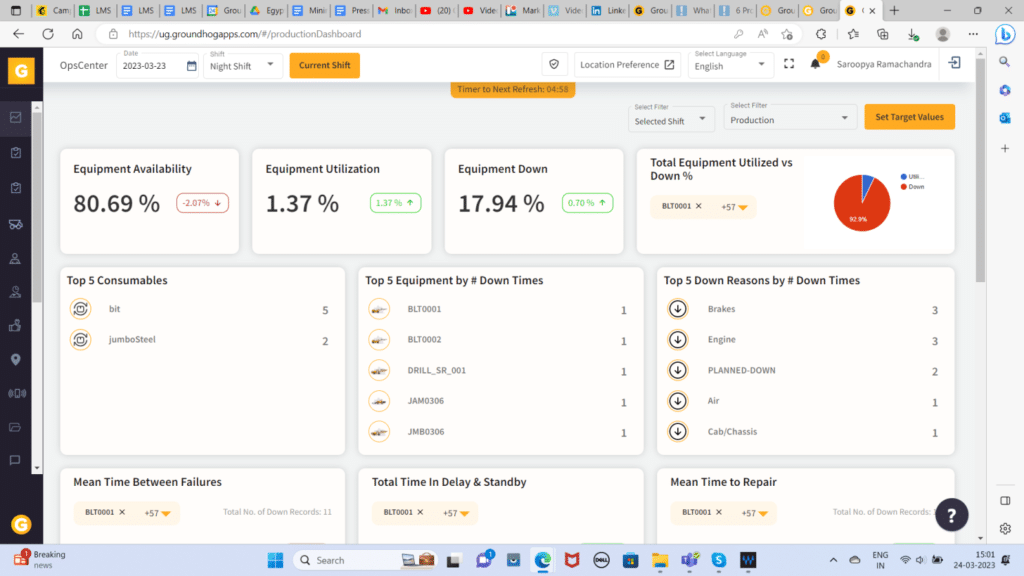
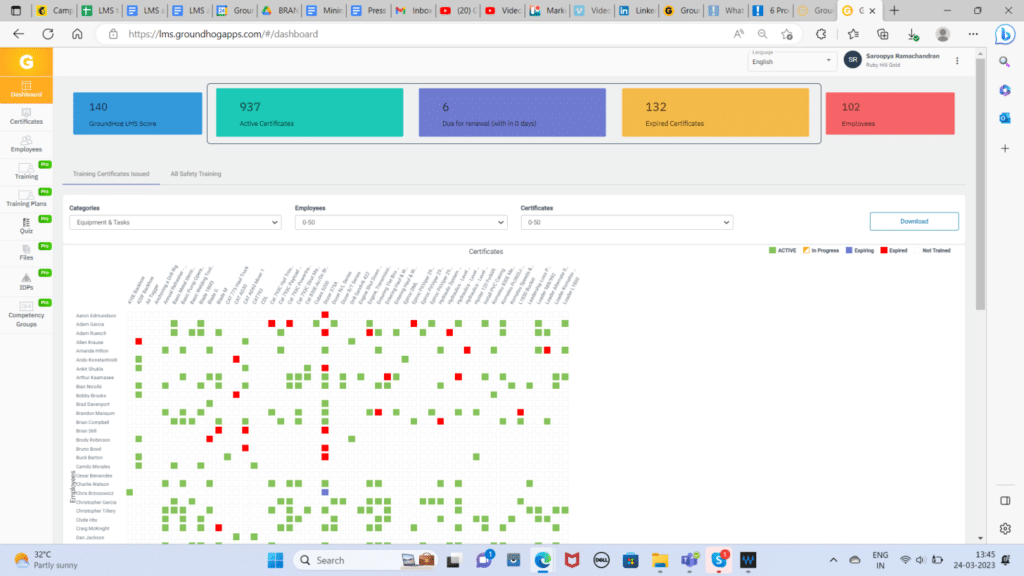
These KPIs and metrics should also help you verify and quantify challenges, like recurring bottlenecks, gaps in communication, scheduling conflicts between departments (operations, mobile maintenance, ground support, construction, etc.), or challenges in achieving planned maintenance goals.
Your KPIs are now being tracked along with real-time information using supervisor applications. This tracking allows supervisors to input and record any issues that may have happened during the shift, allowing for plan updates, adjustments, or alterations. The Mine Manager can also use an app to view and act upon real-time data.
The digitization of your tracking information also unlocks powerful communications tools and features. For example, it is now possible to set up a data feed from your software system to television monitors at wickets, lineup areas, or meeting rooms that will display data such as:
- Equipment allocations
- Production goals
- Location status
- Equipment status
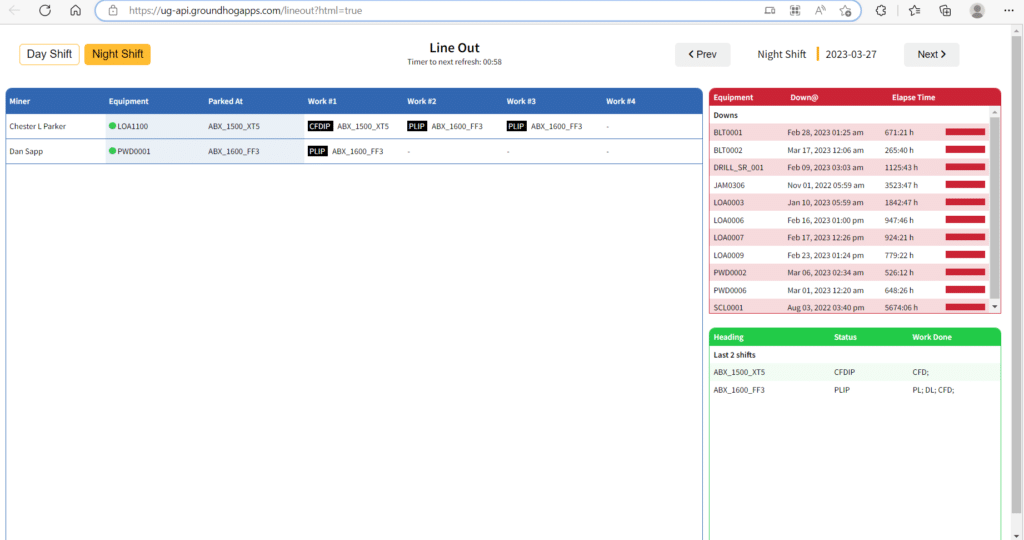
With this sharing of information, workers coming in for their shifts can immediately understand the conditions and requirements of their shift that day, making allocation much more accessible and saving significant amounts of time.
Implementation time for automated shift allocation can take 3-6 months. Some mines also automate shift allocation completely by integrating with biometric systems, HRMS systems, etc. stage is typically 3-6 months into the process. With these roadmap levels deployed, we have seen workers have their shift length reduced by approximately half, a massive gain in terms of productivity.
Because of data logged for several months, you now have a significant amount of information you can apply to performance trending, providing leaders and planners the insight they require to interpret trends accurately and make informed decisions to help reduce the plan’s variance.
Many mines are quite satisfied to pause at this point and allow their people to settle into the changes, so they become “sticky” and reap the benefits. And that’s just fine – a lot has and most likely will continue to be accomplished at this level.
However, with effective communications and change management, we are confident that you will also have a significant amount of momentum and, hopefully, the beginnings of a “pull” for more change and even more important benefits from digitization.
This represents an excellent opportunity to move to Level 3 – Connect – where things really start to come together. How? Find out next week in our Mine Digitization and Automation series.


